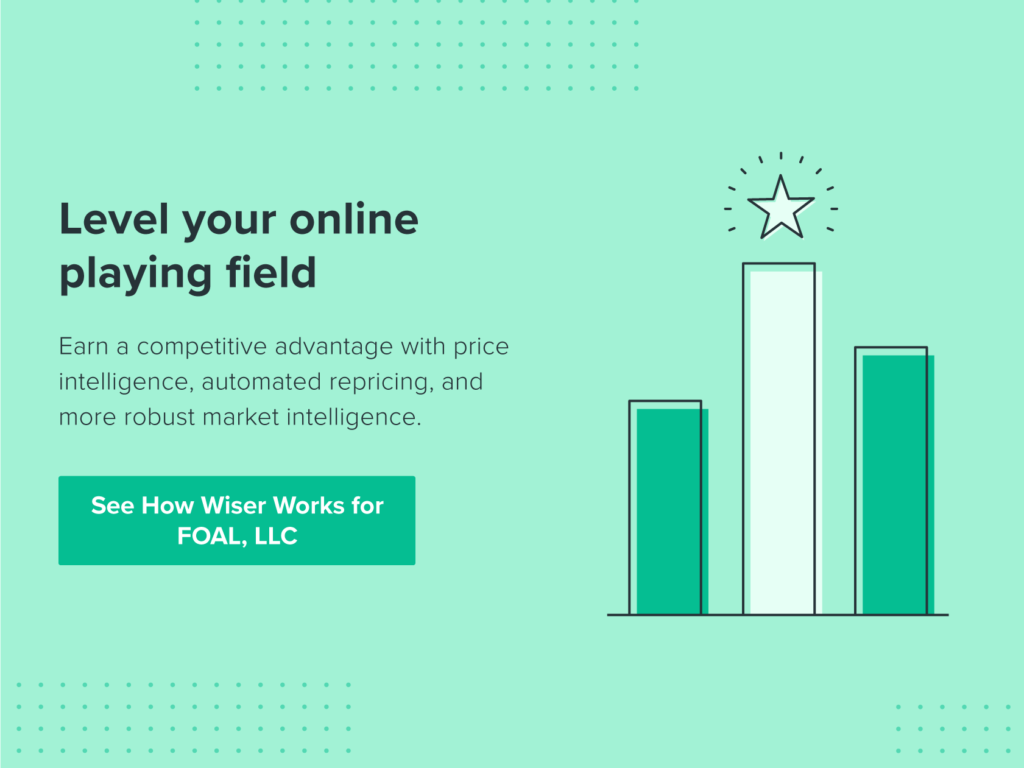In the business world, few things can swing so easily from valuable, simple, must-haves to complicated, overwhelming, and confusing like your tech stack. Which tools should you buy? What’s best for your day-to-day? There are countless answers and think pieces pointing you in various directions.
At the risk of adding a little more noise to the conversation, we wanted to give you a run-down of one part of your tech stack: Enterprise resource planning software. Hopefully, this can help clarify common questions around ERP software—can how can ERP help your business with pricing, and does ERP software replace the functionality of a pricing engine?
To start, let’s look at enterprise resource planning in more detail.
What is ERP Software?
Enterprise resource planning, or ERP, is software that aggregates and manages business information in a central location, helping users handle core functions across the company as a whole. An ERP solution is typically customized to a specific business, but at a high level, it’s all about simplifying data management, breaking down siloes, and creating a single source of truth for all departments.
When done right, ERP systems are useful in a variety of ways. It can be used by accounting, manufacturing, sales, and marketing teams, among others. It’s good for tracking many moving parts and people and is often found in manufacturing, construction, and healthcare industries. Of course, ERP is also useful in retail and supply chain management, where companies will use the software to oversee elements of their pricing strategies and go-to-market campaigns.
In general, ERP systems are beneficial because they:
- Improve data management across departments
- Can save money by centralizing and simplifying business processes
- Increase efficiency across different teams
- Highlight problems within a business that need fixing
- Streamline reporting and alerts
All this may make it seem like ERP is a good tool to use if you need to manage multiple pricing strategies, track competitor prices, make decisions about your assortment. While you can do some of this inside an ERP solution, it’s not the only option out there.
What is a Pricing Engine?
You can also turn to a pricing engine to manage multiple business functions, whether you’re a brand manufacturer, retailer, or in any industry that needs to sell products to buyers—and want those products priced correctly, effectively, and profitably. But what is a pricing engine?
A pricing engine, like ERP, is software that aggregates and manages business information in a central location. In this case, however, the information is price-related. Specifically, pricing engines capture, share, or store information on your SKU prices, competitor prices, assortments, catalogs, and product details, then either calculate price recommendations based on your business needs and/or have the functionality to automatically reprice.
Pricing engines are beneficial because they:
- Grant visibility into historical or current prices, either your prices or your competitors’ prices
- Increase market awareness and knowledge
- Centralize and simplify the management of pricing strategies
- Can save money and increase profits through more effective prices
- Reduce time spent by your team and replace manual workflows
Overall, it takes a lot of data and effort to research, create, and implement pricing strategies across an entire business. A tool can be a must-have resource as you grow your assortment and increase your sales.
Turn to a pricing engine to manage multiple business functions and price products correctly, effectively, and profitably.
Why Use a Pricing Engine and ERP?
One key takeaway here is that it’s not either/or between pricing engines and ERP software. Depending on your company, you may want both. It’s up to you, and choosing one doesn’t mean you don’t have a need for the other—or that for some reason, you can’t integrate a pricing engine into your ERP solution, for example.
Here’s why a pricing engine is a valuable addition to your business, whether or not you have ERP in place.
Specialized vs. General
One benefit of ERP tools is in the customization and breadth of the software. You can make it what you want, and there are a ton of ways you can use it. This can also be a challenge, however, as it’s the age-old case of a specialized tool or a general one. Pricing engines are highly specialized. They are built with pricing, catalogs, and assortments in mind, while ERPs are more about general data management. While that can include pricing, it can be beneficial to get a tool that’s made exactly for the purpose you want.
For example, you might use your ERP platform to make educated guesses about new prices or strategies. On the other hand, a pricing engine can be purpose-built to take various inputs and recommend new prices based on those market conditions or competitive insights. This takes the guesswork out of your hands and can give you more confidence to change prices.
Automated Instead of Manual
You might also want a tool that can automate some pricing processes for you. This is where a pricing engine can shine, as many tools allow you to create rules for your prices (such as price a percentage below a competitor, change price to this on a certain day, and others). Then, the tool will automatically reprice based on these rules. Most importantly, you can create price bounds—minimum and maximum prices—to protect your margins and avoid the dreaded price war.
This can be a competitive advantage of a pricing engine over an ERP solution, as you’d have to get creative to get similar functionality out of an ERP while it often comes out of the box in a pricing engine.
Complementary, Not Incompatible
Importantly, ERP software and pricing engines aren’t mutually exclusive. You can use both to great success, leveraging the power of ERP’s customization and universality while also using a pricing tool’s specificity and automation. Many pricing providers, including Wiser, can integrate with ERPs as well. This means you can still oversee all data in a central location (ERP) while monitoring competitors, creating pricing strategies, and implementing rules-based repricing (pricing engines). You don’t have to pick and choose between the two if you don’t want to.
It’s understandable if you’re a little fatigued by the sheer volume of software on the market. Trust us, we are too. But there’s definitely value to be had by adding both ERP systems and a pricing engine to your tech stack. Let us know if you have any questions on pricing—we’d love to chat about your challenges and which software can make your life a whole lot easier.















